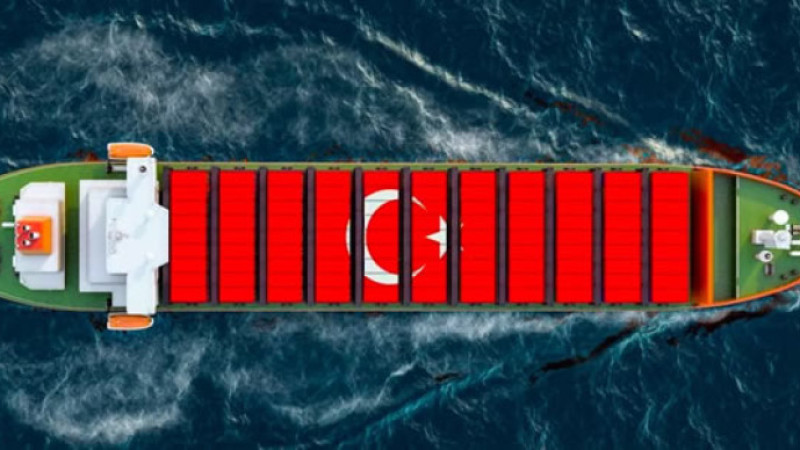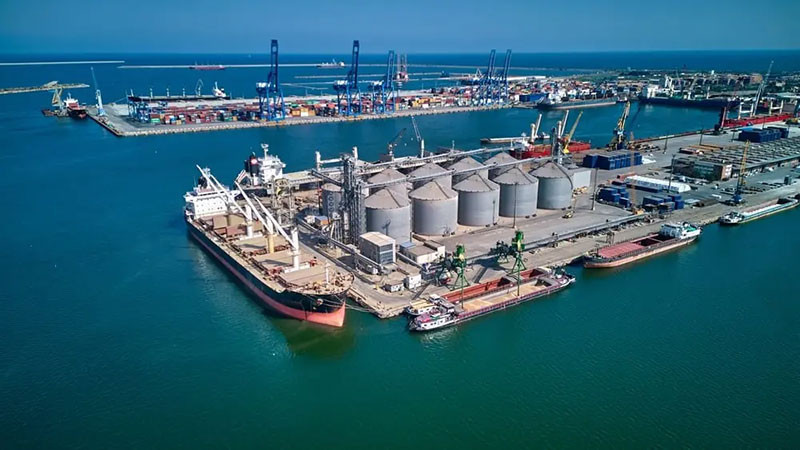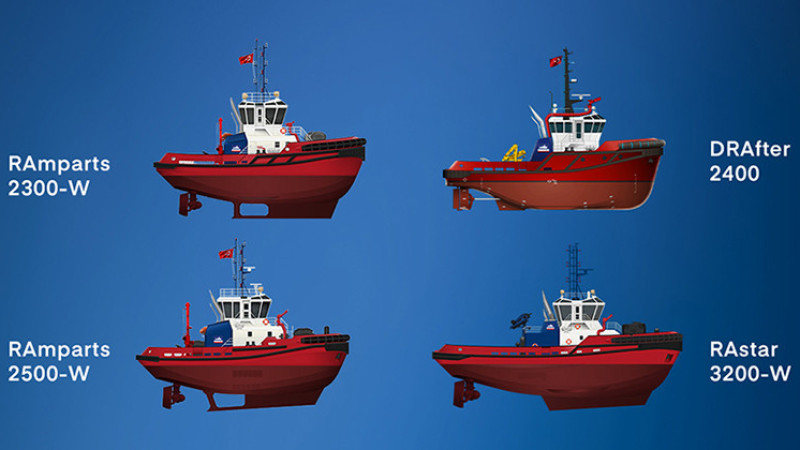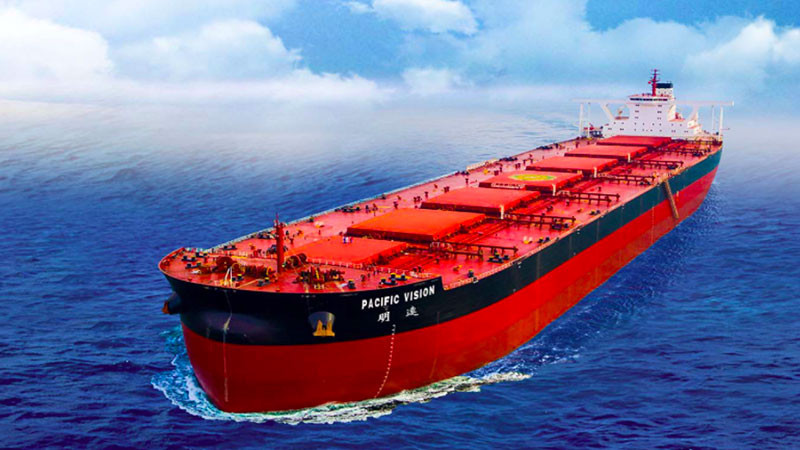Supertankers Make U-Turns in the Strait of Hormuz Amid Rising Tensions
Following U.S. airstrikes on nuclear facilities in Iran, global attention has turned to the Strait of Hormuz—one of the world’s most critical energy trade routes—as supertankers begin reversing course in the region.
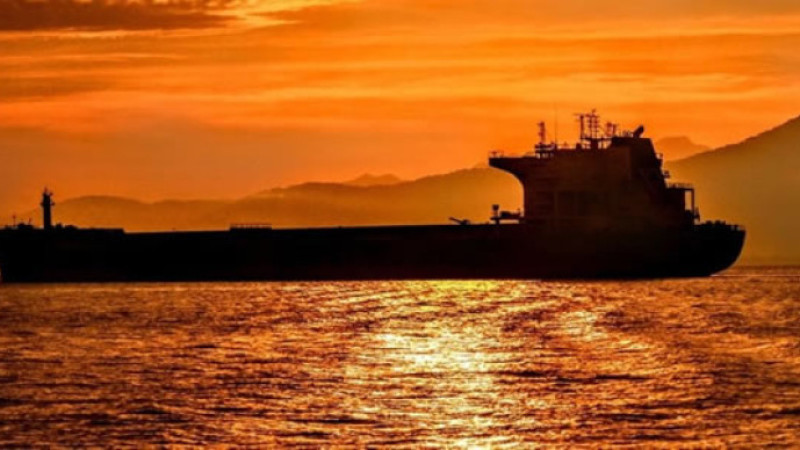
Two supertankers, each capable of carrying approximately 2 million barrels of crude oil, made U-turns in the Strait after the strikes, signaling heightened logistical risks in the area.
According to vessel tracking data compiled by Bloomberg, the Coswisdom Lake and South Loyalty both entered the Strait on Sunday before abruptly changing course. One of the vessels later made a second U-turn and exited the Strait, while the other remained outside the Persian Gulf as of Monday.
Since Israeli airstrikes on June 13, electronic interference and signal jamming have increased in the Gulf, yet the movements of these two tankers appear consistent with standard maritime behavior.
Despite signal disruptions and efforts by vessels to steer farther from Iranian shores, oil and gas tankers continue to transit the Strait following the U.S. strikes. The tankers that turned back may be early indicators of route reassessments.
Shipowners and traders are closely monitoring developments, anticipating that regional tensions could impact vessel movements and cargo flows. Early Sunday, Greece’s Ministry of Shipping issued an advisory urging Greek shipowners to reconsider transits through the Strait and seek safe harbors until the situation stabilizes.
In response to the U.S. strikes, Iran’s parliament approved a motion to close the Strait of Hormuz. However, such a decision requires the explicit approval of Supreme Leader Ayatollah Khamenei and coordination with the Supreme National Security Council.
Iranian Foreign Minister and chief nuclear negotiator Abbas Araghchi posted on X (formerly Twitter): “These events are unacceptable and will have consequences that last forever.”



